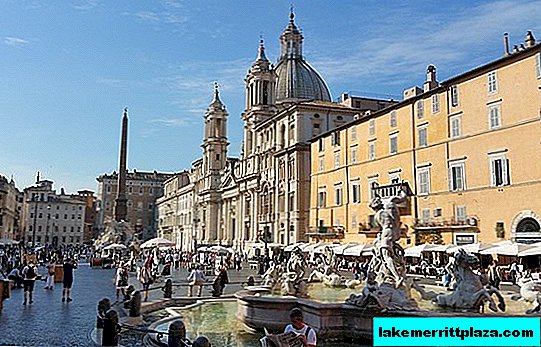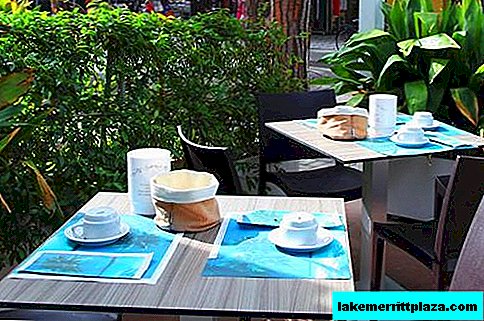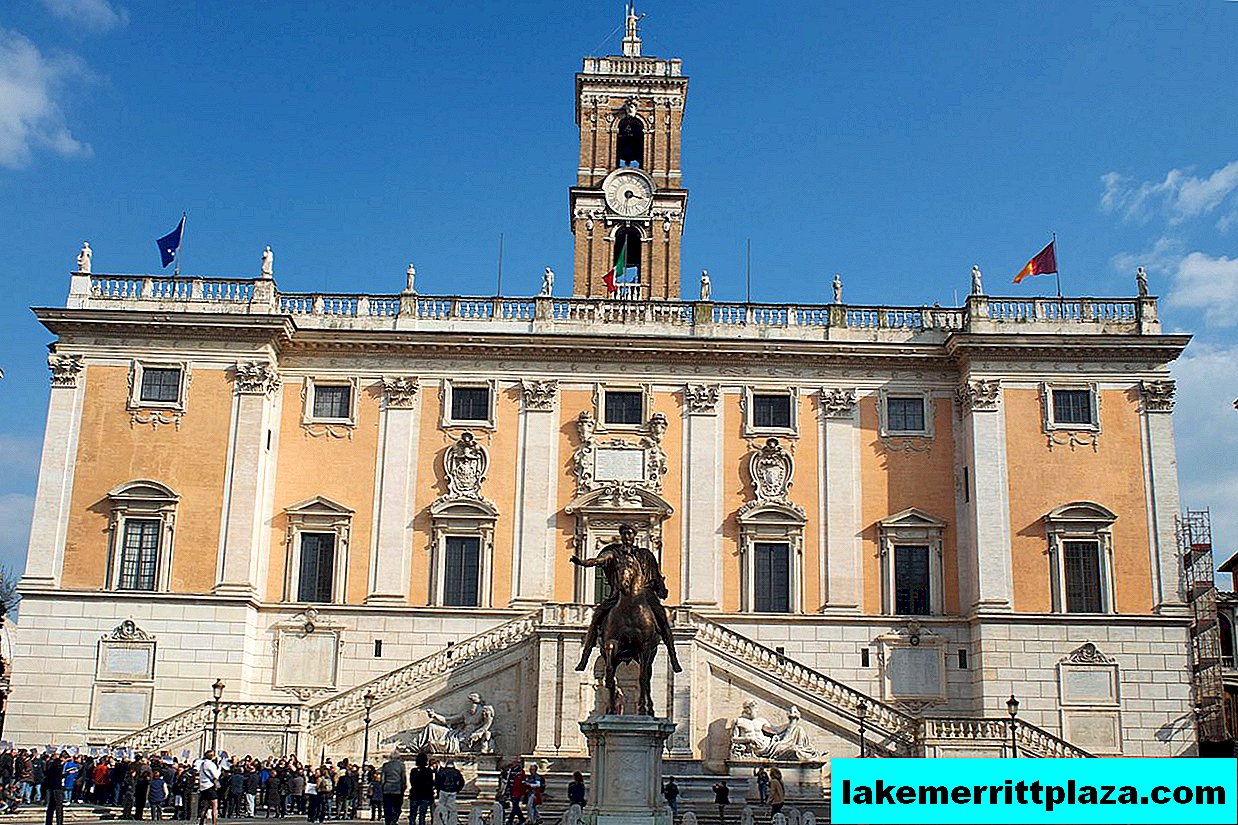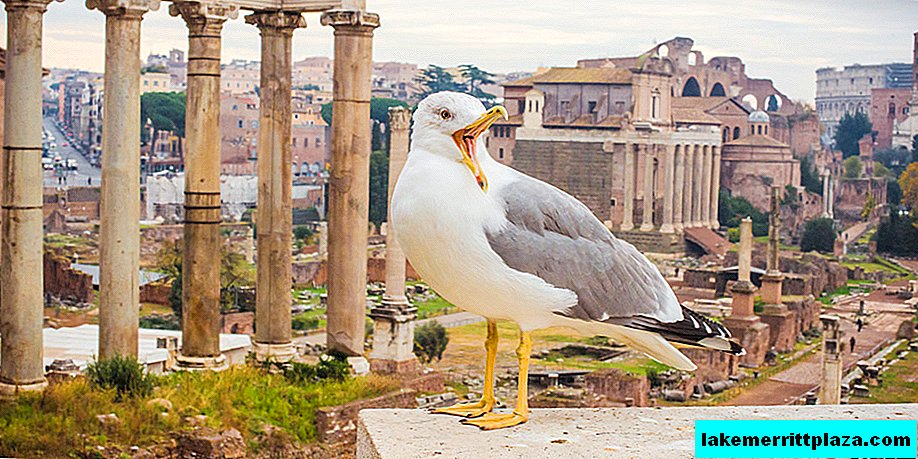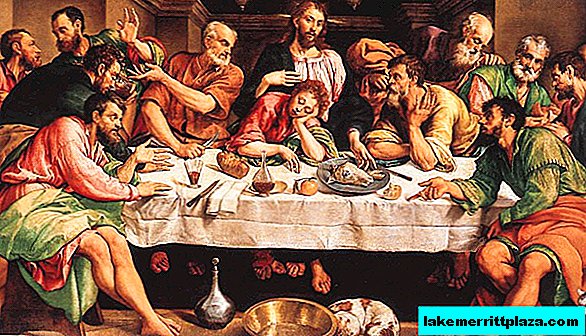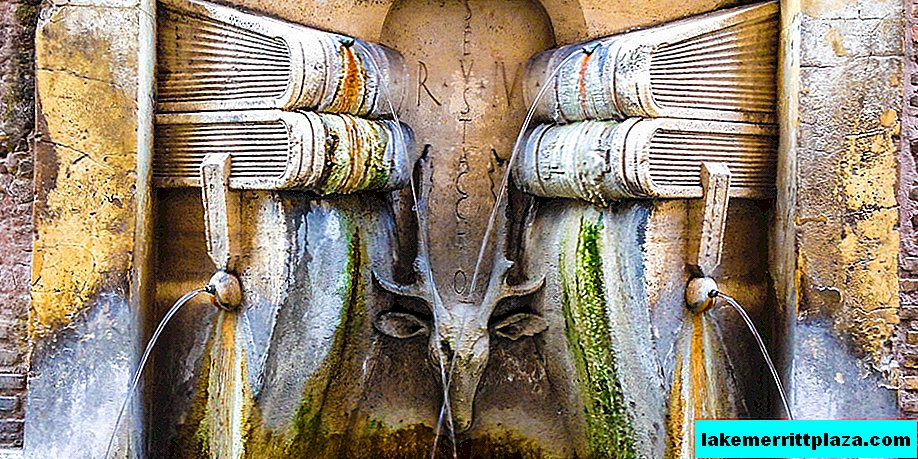Truly great works of art can be endlessly contemplated and endlessly described. From this they do not lose their charm, but can lose their destiny. The search for more new - secret and explicit - meanings leads researchers away from the primary source the further, the more time passes from the moment of its creation and the more seductively the opportunistic background of its careful study.
This happened with the painting "The Last Supper" by Leonardo da Vinci, which does not need additional presentation, especially since earlier Blogoitaliano wrote in sufficient detail about it.
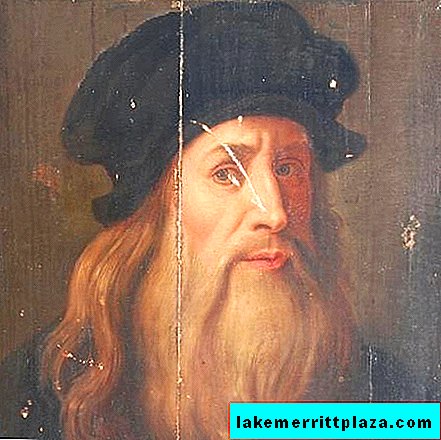
Leonardo da Vinci - painter, sculptor, musician, inventor ...
The need for another article on the great painting (or rather, the fresco) is obvious. For centuries, the work has raised and raises too many questions that require, if not thorough coverage, at least mention.
History of creation: touches to the portrait of the customer
The fresco customer was the patron of Milan, Leonardo, the Duke of Lodovico Sforza - a very extraordinary person, which was quite in the spirit of the time. A voluptuary, a schemer, a conspirator, a murderer - and a skilled diplomat, an inspirational builder, lover of music and painting.
His personal friend was the abbot of the Dominican monastery Santa Maria delle Grazie, the house church of the Sforza family - the church at the monastery.
By and large, the painting of the refectory of Santa Maria delle Grazie, which began in 1494, was a tribute to the vanity of the duke, and the refectory itself was intended not only for the brethren, but for ceremonial receptions.
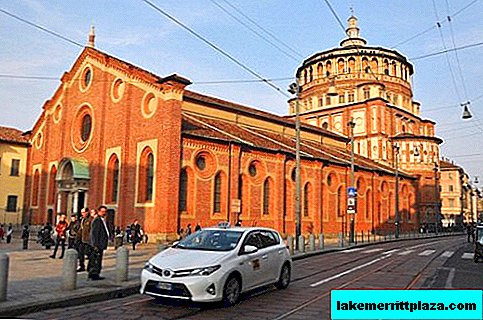
Monastery of Santa Maria delle Grazie in Milan
Just imagine: the whole Sforza family sits at the main table, according to the Catholic tradition, a crucifix above them, and on the opposite wall, behind the same long Italian table - Christ and the apostles - the same painting "The Last Supper" by Leonardo da Vinci. Who would refuse to taste the gifts of the earth in such a society?
The crucifixion was also not an easy one, and it was from him that work began on the refectory painting. This is a huge plot mural, on which the artist Donato Montorfano worked and which is today considered the only signed creation of this master.
But that is not all. Images of Lodovico, his father Francesco Sforza, his wife Beatrice D'Este and son Massimiliano were placed at the bottom of the crucifix fresco. They were written in 1497, after the death of the duke's wife, and their author was no longer Montorfano, but Leonardo da Vinci.

Fresco "Crucifixion" by Donato Montorfano
Unfortunately, during the bombing of Milan in 1943, it was the lower part of the fresco that suffered, and from these images only 2 fragments remained. The murals of the side walls of the refectory were completely destroyed, and only the wall where the Last Supper was located, lined with sandbags, survived completely.
The Last Supper: plot and composition
The plot of the Last Supper of Christ with the disciples was one of the most popular in the Middle Ages and the Renaissance. According to custom, her image illustrates either the sacrament of the Eucharist (Holy Communion, that is, the conversion of bread and wine into the Body and Blood of Christ), or simultaneously 2 episodes at once: the words of Jesus that one of his disciples would betray Him, and the communion of the disciples.
These episodes provoked the most acute theological disputes throughout the Middle Ages, especially since when comparing the texts of the Gospels it was not clear whether Judas was present at this sacrament or not.
That is why (and, of course, because of betrayal) his figure visually distanced himself from all other figures. Judas could sit on the other side of a long table, above his head there could be a black rather than a golden halo, his robes contrasted with the robes of the Savior and the Apostles.
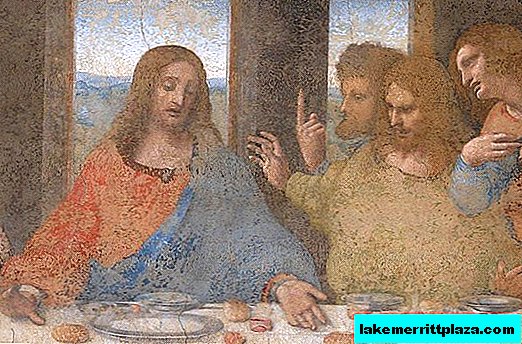
In the center of the composition of the painting by Leonardo da Vinci is the figure of Christ
Leonardo was the first artist to portray Judas with all the other disciples of Christ, although early sketches indicate that he was not originally going to violate traditional compositional principles.
However, later on he nevertheless abandoned this idea, wishing to create an image in accordance with the proportions of the "golden section", that is, in the way the human eye perceives it.
In the center of the composition of the painting by Leonardo da Vinci is the figure of Christ, as if bathed in light from a central window and resembles a triangle directed upward, a symbol of the Holy Trinity. Outside the windows is a landscape in which the landscape of the area near Lake Como is guessed, which is 40 km from Milan.
The apostles are placed in groups of three, but, in addition to the figure of Jesus, all the lines of perspective converge above his head, the viewer's gaze glides over the outline of another triangle, where the golden section passes - between the Savior and John - and also rises skyward in religious ecstasy, already then stopping at those seated to the left of Christ.
"... and one of you will betray Me"
However, da Vinci did not abandon another tradition, according to which the betrayer of Christ should not meet his eyes with the audience.
Judas on a fresco Leonardo leaned back sharply, incidentally dropping a salt shaker (classic bad sign) and clutching a purse in his hand (an indication of betrayal, and also, according to the text of the Gospel of John, that he was the treasurer of the community).
With his other hand he reaches for bread, according to the Gospel of Luke, where there is a direct indication of this ("... the hand of the one who betrayed Me with Me at the table"), despite the fact that the rest of the disciples, after the words of the Savior on betrayal, are clearly not up to the meal. They also don’t look at the audience, and this once again emphasizes: the supper is really secret, hidden from prying eyes.
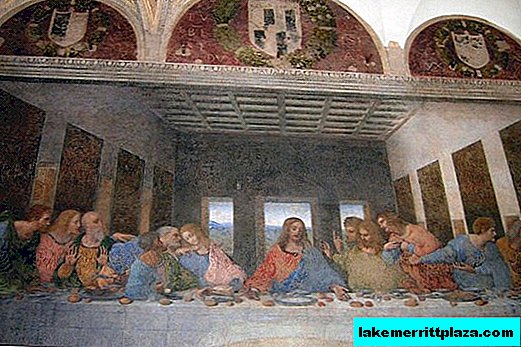
Scene of Christ's last supper with his disciples
Leonardo does not depart from another tradition - the simultaneous depiction of 2 consecutive episodes combined in one scene. Communion is illustrated almost literally: the right hand of Christ is stretched to the bread, blood spurts from the wrist with a left, hard stream. In this regard, the viewer has a dual impression of the presented scene.
Some of the Apostles are clearly outraged by the words of Jesus about betrayal, part - expresses a completely natural human (!) Reaction to the sudden appearance of a wound. Moreover, it was not the blood itself that caused amazement (in the 15th century, the kind of blood would not have scared anyone), but the miracle of its appearance, which is characteristic of a religious worldview.
Masterfully depicting both amazement and indignation, Leonardo, unlike earlier artists, really managed to combine 2 episodes in one scene of the Last Supper.
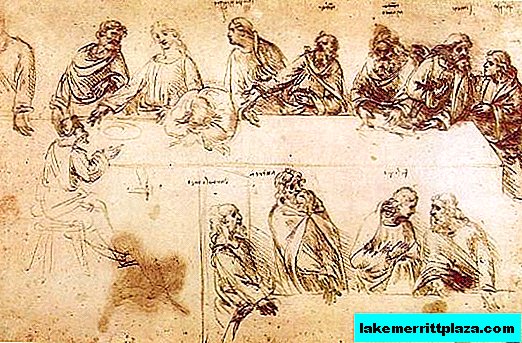
The first sketches of the Last Supper are in the Venice Academy
To some extent, the artist, using fine art, was able to resolve the long-standing theological debate about the presence / absence of Judas in the sacrament.
But there is one more element on the fresco that enhances imperceptibly for the modern viewer the general impression of the picture, as of a work imbued with true religiousness.
The fish on the table is another Eucharistic symbol, referring the viewer to the 3rd (again the number 3) episode about the saturation of the people in the desert with bread and fish, as well as the early Christian sacred sign of Jesus and faith in the Savior.
Where and how to see the mural
As we wrote above, on BlogoItaliano there is another article on the famous fresco. In it, we dwelt in detail and on the most applied question - where and how to see the Last Supper.
Going to Milan and wanting to see this masterpiece of Leonardo da Vinci, please note that it is very advisable to buy tickets for visiting the fresco in advance. The fact is that daily in the refectory of the monastery of Santa Maria delle Grazie can be artificially limited number of visitors.
And since tickets for viewing the Last Supper can be purchased online (on this site), this creates natural difficulties with day-to-day purchases: all available quotas are simply redeemed in advance. There are frequent cases when there are no tickets at the box office even 2 months before the expected date of a visit to Milan.


